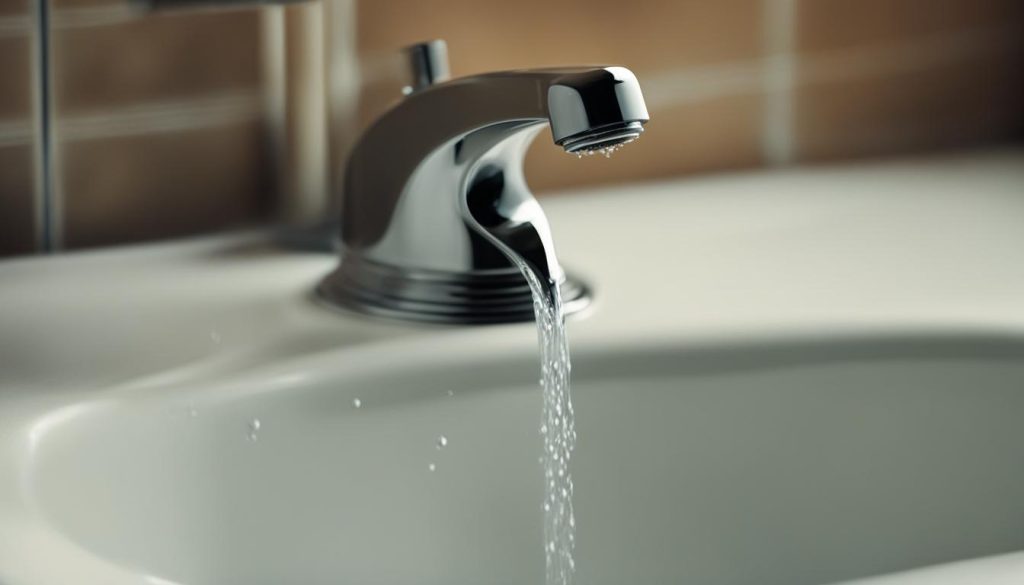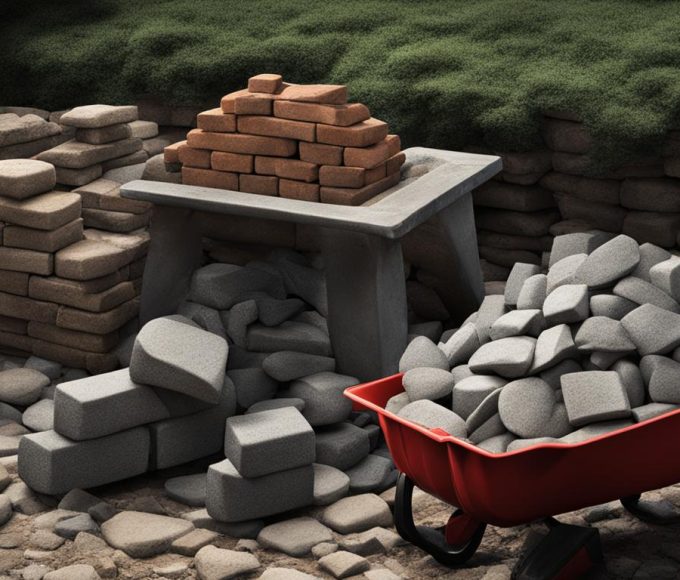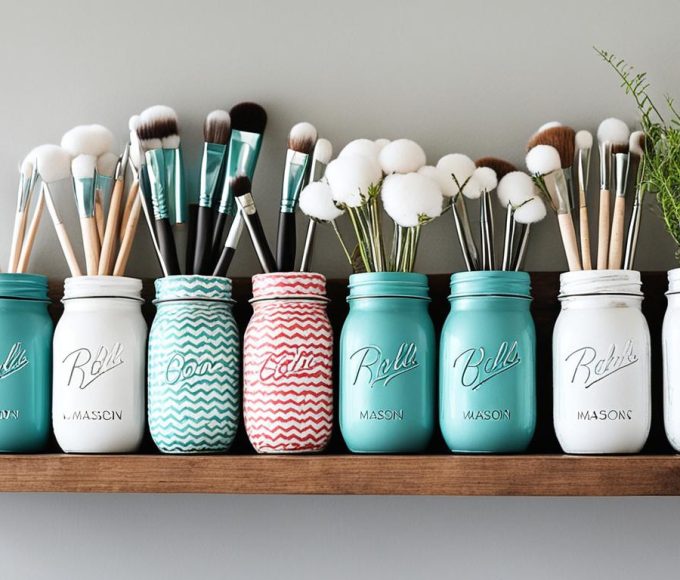Welcome to our guide on easy and practical solutions to common household problems. No matter how well maintained your home is, small issues can arise from time to time. Fortunately, many of these problems can be resolved with a little DIY know-how and some basic tools. In this article, we will provide you with simple, step-by-step instructions to effortlessly fix various household issues.
Step 3: Tighten the Hinge Screws
If the noise persists, the problem may be loose hinge screws. Use a screwdriver to tighten the screws at the top and bottom of each hinge. Be careful not to overtighten the screws, as this can strip the screw holes and make the problem worse.
Step 4: Check the Door Alignment
If the above steps don’t work, check the alignment of the door. Sometimes, a squeaky door is a result of an uneven door frame or door alignment. Stand back and examine the door to see if it’s crooked or rubbing against the frame. If this is the case, you may need to adjust the hinges or call a professional for further assistance.
Fixing a squeaky door is an easy and quick household repair that can save you from annoying noises and ensure smooth functioning of your door. Follow these simple steps, and your door will be back to working quietly and efficiently in no time.
Repairing a Cracked Tile
Cracked tiles not only look unsightly, but they can also pose a safety hazard. Fortunately, repairing them is simpler than you may think. With a few tools and some patience, you can restore the beauty and function of your tile in no time.
Tools You’ll Need:
- Grout saw or rotary tool
- Chisel
- Hammer
- Tile adhesive
- New tile
- Grout
The first step is to remove the cracked tile. Use a grout saw or rotary tool to cut through the grout surrounding the tile. Then, use a chisel and hammer to carefully break the tile into smaller pieces. Be careful not to damage the surrounding tiles in the process.
Once the old tile is removed, clean the area and apply tile adhesive to the back of the new tile. Carefully place the new tile in the empty space and press down firmly. Allow the adhesive to dry completely before proceeding.
Finally, apply grout to the gaps around the new tile using a rubber float. Be sure to remove any excess grout with a damp sponge. As the grout dries, use a dry cloth to buff away any remaining haze.
With these simple steps, you can repair a cracked tile and restore the beauty and safety of your home. Remember, it’s always better to tackle these household repairs sooner rather than later to prevent further damage and expense.
Unclogging a Drain
Is your sink or bathtub draining at a snail’s pace? Don’t call a plumber just yet!
Here’s a quick and easy DIY fix to unclog your drain:
Step 1: Remove visible debris
Start by physically removing any visible hair, soap scum, or other debris from the drain using a pair of pliers or a wire hanger. Throw the debris in the trash and wipe the drain clean.
Step 2: Pour boiling water down the drain
Boil a pot of water and carefully pour it down the drain. The hot water will loosen any remaining debris and help flush it out.
Step 3: Make a natural cleaning solution
Mix 1/2 cup of baking soda and 1/2 cup of white vinegar in a measuring cup. The mixture will fizz and bubble, which helps break down any remaining debris in the drain. Immediately pour the solution down the drain and let it sit for 10-15 minutes.
Step 4: Rinse with hot water
Finish by flushing the drain with hot water for several minutes. This will wash away any remaining debris and leave your drain flowing smoothly.

These simple steps are a great way to tackle a common household problem without breaking the bank on professional plumbing services. Stay tuned for more DIY household fixes!
Fixing a Running Toilet
Dealing with a constantly running toilet can be frustrating. Not only is it a waste of water, but it can also increase your water bill. Don’t worry; fixing a running toilet is a relatively easy DIY task that you can accomplish in no time.
The first step is to identify the cause of the problem. In most cases, the issue is a faulty flapper valve – the rubber stopper that seals the water tank. To check if the flapper valve is the culprit, remove the lid from the tank and flush the toilet. If the water keeps running, then the flapper valve probably needs to be replaced.
Before replacing the valve, turn off the water supply to the toilet. The valve is located on the wall behind the toilet. Once the water supply is off, flush the toilet to drain the tank. Then, remove the flapper valve and take it to your local hardware store to get an exact replacement.
Install the new flapper valve according to the manufacturer’s instructions. Once it’s in place, turn the water supply back on and fill the tank. Then, flush the toilet to make sure it’s no longer running. If it’s still running, you may need to adjust the chain length connecting the valve to the flush handle.
There you have it! With just a few simple steps, you can fix a running toilet and stop wasting water and money. By doing this yourself, you will save money on plumber expenses and feel proud of accomplishing a simple DIY household fix.
Repairing a Stuck Window
Nothing is more frustrating than a stuck window on a beautiful day. Fortunately, fixing a stuck window is easier than you think. You don’t need to call a professional or buy expensive tools to get the job done. With our simple techniques, you can free up a stuck window in no time.
Step 1: Check the tracks and clean them
The first thing you need to do is check the tracks and clean them. Dirt, dust, and debris can accumulate in the tracks and prevent your window from sliding smoothly. Use a vacuum or a brush to remove any dirt or debris from the tracks.
Step 2: Apply lubricant to the tracks
After cleaning the tracks, apply lubricant to them. You can use silicone spray, WD-40, or even a bar of soap for this step. Apply the lubricant to the tracks and move the window back and forth to help distribute the lubricant evenly.
Step 3: Check the weatherstripping
Check the weatherstripping around the window. If it’s damaged or worn out, it can prevent the window from opening or closing properly. Replace any damaged weatherstripping to ensure a tight seal and smooth operation.
Step 4: Inspect the sash and frame
If the window is still stuck, inspect the sash and frame for any damage. Look for cracks, warping, or other issues that could be preventing the window from opening or closing properly. Repair or replace any damaged parts to restore your window to its original condition.
By following these simple steps, you can easily free up a stuck window and enjoy the fresh air in your home. Remember, household fixes like this can save you time and money while also improving the safety and comfort of your living space.
Patching a Hole in the Wall
Oh no! You accidentally made a hole in your wall. Don’t worry; this is a common household problem that you can easily fix with a few simple steps.
Household Fixes, DIY home repairs, Quick house repairs, Home maintenance tips, Home improvement hacks, Do-it-yourself fixes, Household repair solutions, Simple home fixes, Common household repairs
The first step is to gather the required materials. You will need spackle or joint compound, putty knife, sandpaper, and paint that matches the color of your wall. You can find these at your local hardware store.
Next, clean the hole using a damp cloth to remove any dust or debris. Then, apply spackle or joint compound to the hole using a putty knife. Smooth it out and let it dry completely for at least 24 hours.
Once the spackle or joint compound is dry, sand it down until it is smooth and level with the wall. Wipe away any dust with a clean cloth.
Finally, apply paint to the repaired area, making sure to match the color of your wall. You can use a brush or a roller to apply the paint. Let the paint dry completely before touching it.
And there you have it! Your wall is now back to its original state. No need to call a professional and spend unnecessary money when you can easily patch up small to medium-sized holes yourself.
Fixing a Faulty Light Switch
Are you tired of dealing with a light switch that doesn’t work properly? Well, you’re in luck! Fixing a faulty light switch is a simple and easy household repair that you can do on your own. Not only will it save you money, but it will also increase the convenience and safety of your home.
Step 1: Turn Off the Power
The first step in fixing a faulty light switch is to turn off the power. Locate the circuit breaker box in your home and turn off the breaker that controls the switch you’ll be working on. Make sure to test the switch to ensure that the power is off before you begin.
Step 2: Remove the Switch Cover
Using a screwdriver, remove the cover plate that is over the switch. Carefully pull the switch out of the wall box while taking note of how the wires are connected to the switch.
Step 3: Check the Wiring
Inspect the wires to ensure that they are properly connected and not damaged. Loose connections or frayed wire can cause a switch to malfunction. If you see any issues, use wire nuts to reconnect or replace the wire if necessary.
Step 4: Replace the Switch
If the wiring seems fine, it’s time to replace the switch. Purchase a new switch that matches the old one and install it in place of the old one. Use the screws that came with the switch to secure it to the wall box.
Step 5: Test the Switch
Once the switch is securely in place, turn the power back on and test the switch to make sure it’s working correctly. If it’s still not working, it may be time to call an electrician to assess the problem.
Congratulations! You’ve successfully fixed a faulty light switch on your own. With these simple steps, you’ll now be able to operate your lights without any issues. Remember to always turn off the power before attempting any electrical repairs and if you’re unsure about anything, it’s best to seek professional help.







